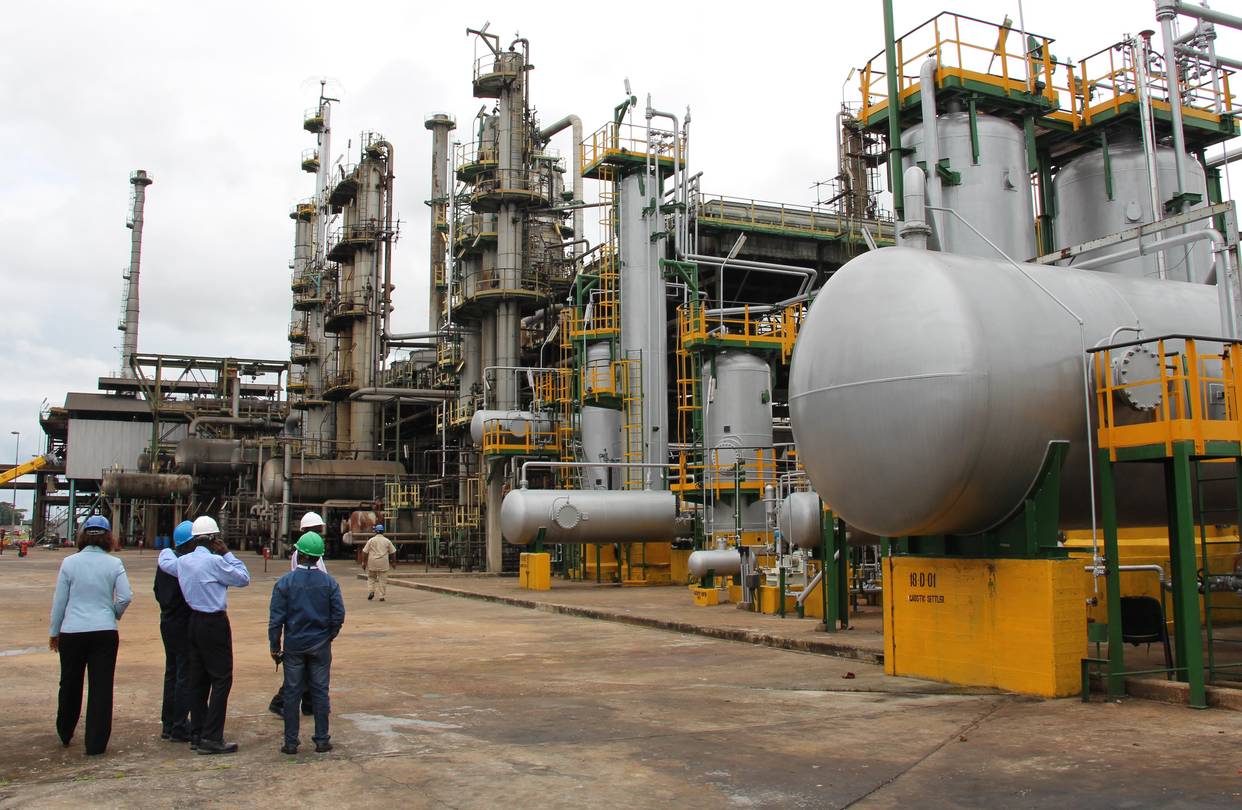The Organisation of the Petroleum Exporting Countries (OPEC) oil supply hit a four-year low in April due to further involuntary declines in sanctions-hit Iran and Venezuela and output restraint by top exporter Saudi Arabia, a Reuters survey found.
OPEC’s biggest production gain occurred in Nigeria, where Total’s Egina field has helped boost output. Nigeria says the Egina field produces condensate, a type of light oil excluded from the OPEC cuts.
The survey includes the field based on Total’s listing of it as a crude producer.
The 14-member OPEC pumped 30.23 million barrels per day (bpd) this month, the survey showed, down 90,000 bpd from March and the lowest OPEC total since 2015, the Reuters survey showed.
Besides, the survey suggests that Saudi Arabia and its Gulf allies are maintaining even larger supply cuts than called for by OPEC’s latest deal, shrugging off pressure from U.S. President Donald Trump.
Last Friday, Trump said he had called OPEC to tell the group to bring down prices. Crude oil is trading above $73 a barrel and hit a six-month high above $75 last week, boosted by Saudi supply restraint and curbs in Venezuela and Iran, which face U.S. sanctions that are limiting their exports. OPEC, Russia and other non-members, an alliance known as OPEC+, agreed in December to reduce supply by 1.2 million bpd from Jan. 1. OPEC’s share of the cut is 800,000 bpd, to be delivered by 11 members – all except Iran, Libya and Venezuela.
In April, the OPEC members bound by the agreement achieved 132 per cent of pledged cuts, the survey found, compared to 145 per cent in March, due to higher production in Nigeria and small increases in Saudi Arabia and Iraq.







